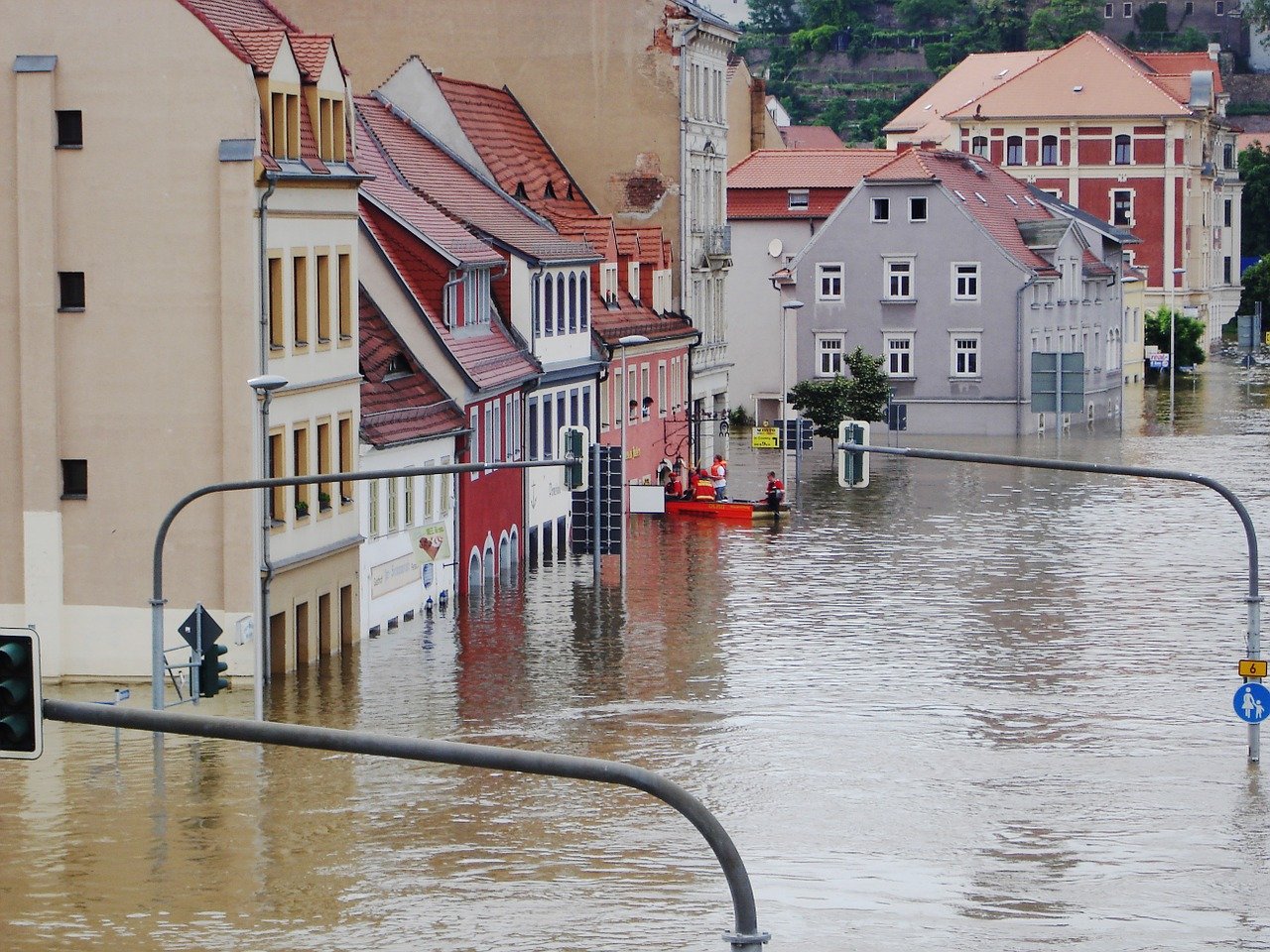How mold grows in your home after water damage
Mold and Mildew are microbes that develop quickly in humid conditions, and they belong to the family of fungi. Mold is an essential component of the environment; leaves would not decompose without them, and soil enrichment would be impossible. Mold is an issue for individuals because of its propensity to degrade biological materials, both in our houses and our bodies, causing water damage.
Reasons for mold growth in the home
Mold can grow quickly following water damage, usually within 24 to 48 hours. Mold can take hold of your home and grow swiftly in as little as 12 days if given the right conditions. We’re all aware that excessively wet conditions in our homes can contribute to mold growth.
We don’t realize how critical it is to respond quickly and repair water damage as soon as possible. Otherwise, mold will take over your home and damage every surface it grows on in a couple of days. After seeing how quickly mold may grow after water damage, you’ll never put off repairing water damage and even in your home again.
- Flooding,
- Whether it’s a leaking pipe or a leaking roof,
- If you have a wet basement or crawl area,
- A sink or bathtub overflowing, or
- Seam cooking, dryer vents, humidifiers, and other sources of high humidity.
Solutions for Mold Reduction
One of the most important things you can do to keep mold from growing before aid arrives is to assess and mitigate the damage as soon as possible. Most insurance contracts include a provision called “mitigation of loss,” which indicates you must do everything possible to limit the damage.
- If the wire is moist or moldy, turn off the main power. Before putting the power back on, have an electrician inspect the house’s electrical system.
- You must open the window so that you can reduce the internal humidity.
- Start picking up any personal objects that can add to your loss from the floor.
- Move the furniture out of the dampness and place it over something to keep it out of the water.
- You must wash the non-porous objects, concrete surfaces, iron, plastic with hot water, and mild detergent.
Is it Possible to Kill Mold on Your Own?
While some property owners may attempt to dry the area or spray bleach, the truth is that these procedures frequently transfer the mold to other parts of the house. If you have centralized heating and cooling system, mold can spread through them across your home.
We recognize that you may Google “How to Kill Mold” and discover hundreds of results. Still, those solutions are often for surface mold, not water-damaged mold, even for water damage.
Preventative Measures:
- Fix any leaks in pipes, as well as any wet areas surrounding tubs and sinks, to prevent biological pollutants from forming.
- Material like stones, concrete, wallboard, tiles, and water-resistant glasses may require rebuilding or retrofitting.
- To prevent moisture from entering crawlspaces, cover the dirt with plastic. As much as possible, ventilate the place.
- If you detect mold on the ducts inside the surface or the duct insulation has been damp, get the air ducts cleaned.
- Try to manage a humidity level of less than 40% in your home.
- Check for mold odors in potential issue areas (e.g., the bathroom, laundry, mechanical room, etc.) regularly, and disinfect as needed with a 10 percent bleach solution (11/4-11/2 cup bleach to gallon water) or a commercial disinfectant.
Conclusion
Mold can also cause health problems such as fever and difficulties breathing. Those with pre-existing health conditions, such as Asthma, are more vulnerable to mold and should avoid it at all costs.
If mold begins to form, you must postpone the process of returning your home and life to normal until all mold has been removed and your water damage company has been given permission to begin repairs for water damage.
Overall, if mold has access to the proper conditions for growth, it can quickly take over your home and spread. As a result, as a responsible homeowner, you must ensure that repairs are made as soon as possible to avoid placing your house at risk of mold growth.

